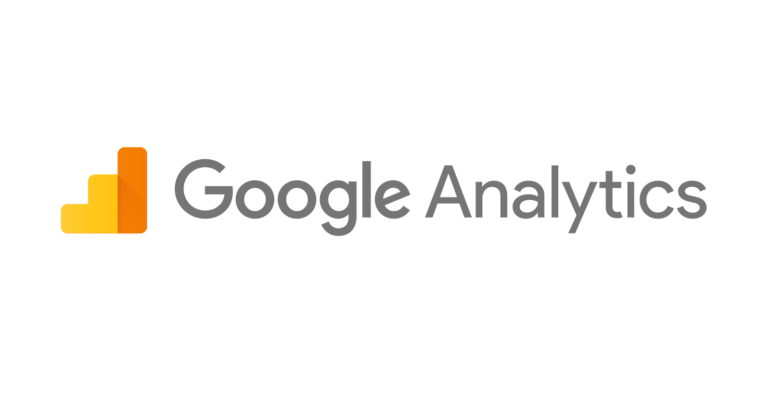How to Use Google Analytics to improve website user experience?

Analytics offers a big pool of information about website visitors. Google Analytics collects this information from visitors as soon as they navigate away from your site. By tracking the user flow on your site, data can ascertain whether users were truly interested in your services.
Among other things, this information can tell you which web pages people click on most, and which web pages people rarely click. This information is valuable for many reasons as a well-organised website design can lead to more sales and more revenue for your business.
Analysing this data provided by Google Analytics helps you understand your UX efficiency at large. This article will discuss six beneficial insights provided by Google Analytics that you need to look out for improving your website UX.
1. Audience
One of the first things you can do to improve your site’s performance is to analyse from where you get visitors. By measuring where your users came from, you’ll be able to fine-tune your website and make it more user-friendly. For example, if you find that a large segment of our audience comes from a non-English speaking region, you can add translations and publish ads in native languages on your site.
Google Analytics provides several different modules that allow you to identify the origins of your site’s traffic. Among these modules are Google Maps, Google Webmaster Tools, Google Analytics SEO, and Google Analytics Mobile. By identifying where your traffic comes from, you can pinpoint problems like broken links or poor spelling and grammar to improve user experience.
2. Turn visitors into customers
You may be interested in converting your website visitors into buyers, but you’ll never know unless you can measure that conversion. Google Analytics gives you the ability to measure how long users stay on each page within your site. Pageviews help you with great insight for measuring user engagement.
The higher page views would mean more target audience is engaging on your website. But in case your page views are very high compared to conversion rates, that means even though visitors move from one page to another, they cannot find the required information. You need to improvise your website layout, simplify features and introduce straightforward Call To Action(CTA) that was not visible to the user before. To deploy Analytics properly in your site, hire a suitable ecommerce development company.
3. Event tracking
Now that you have introduced new CTA buttons on your website, how can you analyse whether its working or not? This is where event tracking comes to rescue. The event tracking analysis will enable you to measure downloads, flash elements, video plays, ad clicks, pop-ups, and much more.
Based on this information, you can visualise the fault in design, the number of hits for each action, drop-offs, and user journey in a single report. Depending on the performance and response of users, you can cross-examine the website design and launch again. These analytics increase your chances of conversion significantly by bringing real-time tracking of the user activity.
4. Reduce Bounce rate
Bounce rate data updates you when users visit your site and leave after reaching a stage without clicking on CTA, clearly indicating a lack of engagement. A high bounce rate on a page indicates users skipping clicks on the CTA buttons, form filling, or subscription that you had set for that page or website.
Take this as a big UX red flag and implement a series of UX design processes best practices for improving sales funnel conversion. Bounce rate statistics also give insight into your landing page’s performance, or a website made precisely for the Pay Per Click Campaign to boost sales if your data represents high bounce rates and low conversions, which means complex UX and CTA you need to work.
5. Analyse visitor’s behaviour
The website visitors are tracked down by IP address, browser type, and search query, making it possible to determine visitors’ behaviour. Google Analytics monitors how the visitors navigate your site analysing the behaviour flow to optimise the user’s journey into easy steps that encourage them to become customers. You should hire dedicated developers to get detailed analysis of site viewer behaviour.
You can filter the date range, and analyse the user behaviour metrics like user map, several views, and average time per session to conclude. Also, the softwares records which pages & features users click? And what links or CTAs interested them? To understand how visitors use your site and which pages bring the highest volume of the traffic that you can customise.
6. Optimise the content
You can use a creative element to create interesting content for your visitors. This content must be relevant to your visitors so that they stay longer on your site and explore more of your products or services. You have to optimise your On-Page content with specific search terms and meta tags for search engines to find your pages easily.
Google’s AdWords and AdSense are excellent tools for monetising your site. Content optimisation keeps the site content focused on your sales needs and uses important links to direct the users to detail information as needed. Utilise these analytics to learn how to implement intelligent strategies for maximising traffic and profits.
Concluding Remarks:
Website designing based on assumptions and guesswork is not the way to approach your web development process. If you are looking to improve user experience, you need to understand the database and use it for your benefit. This systematic process helps you to bridge the gap between reaching business goals and user expectations.
Google Analytics is a great tool for measuring performance for a website, but you need to know which metrics to focus on to gather insights and make conscious decisions based on facts and not presumptions. Google Analytics will help you to identify right from the traffic sources to which features lack the engagement so that your developer’s team can improve your site’s overall user experience.
You can also get in touch with a reliable ecommerce development company to get all the information you need. We hope this article will help you move forward with your website analysis and make significant changes to track the website for business conversion value with an increased number of website visits.




